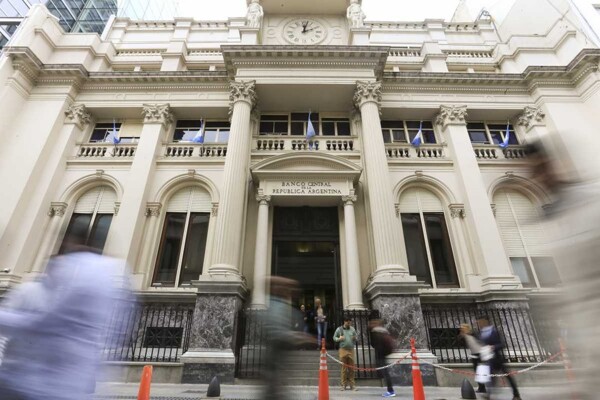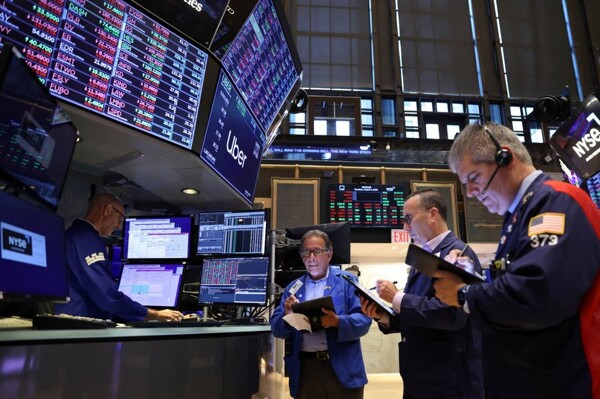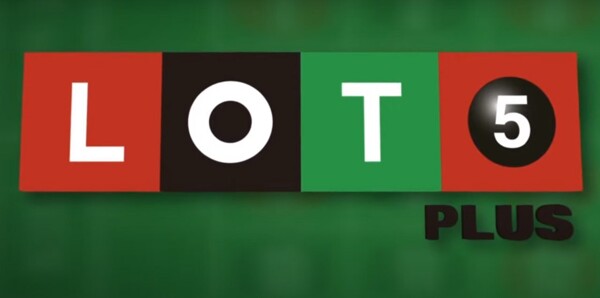
President Javier Milei expressed confidence that inflation will fall below 2% starting in April, following the February figure of 2.4%. Milei shared his optimism, stating that in April or May, inflation could break through the 2% monthly barrier once seasonal issues impacting prices in March are resolved.
In a message on social media, Milei set forth his views on price trends, highlighting it as a central variable for the economy. He stated: "If we remove the specific effect of what has happened with meat, the inflation rate would have been 1.8%". He also mentioned that March presents seasonal issues, but if the economic course is maintained, it could drop below 2% in April/May.
Milei's remarks came in response to an analysis of February's CPI conducted by Martín Vauthier, director of the Investment and Foreign Trade Bank (BICE). Vauthier noted that approximately 0.6 percentage points of inflation were explained by the seasonal rise in "Meat and Derivatives", clarifying that without this effect, the month’s inflation would be around 1.8%.
As for official data, inflation in February was 2.4%, accumulating 66.9% over the last twelve months, according to the Indec report. Federico Furiase, director of the Central Bank, pointed out that the category that most influenced the price increase across the country was "Food and non-alcoholic beverages", with a 3.2% rise due to the increase in beef prices. The highest increases were recorded in cuts such as asado (9.9%), ground beef (11.3%), shoulder (12.6%), hip (13.1%), and sirloin (13.6%).
These data and analyses reflect the perspectives and projections of various actors regarding the behavior of inflation in the coming months, emphasizing the importance of different factors such as seasonality and economic decisions in its evolution.













